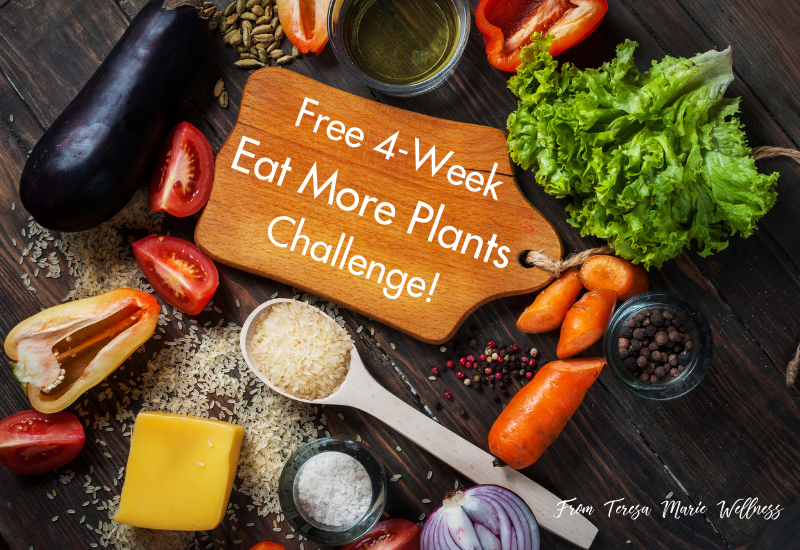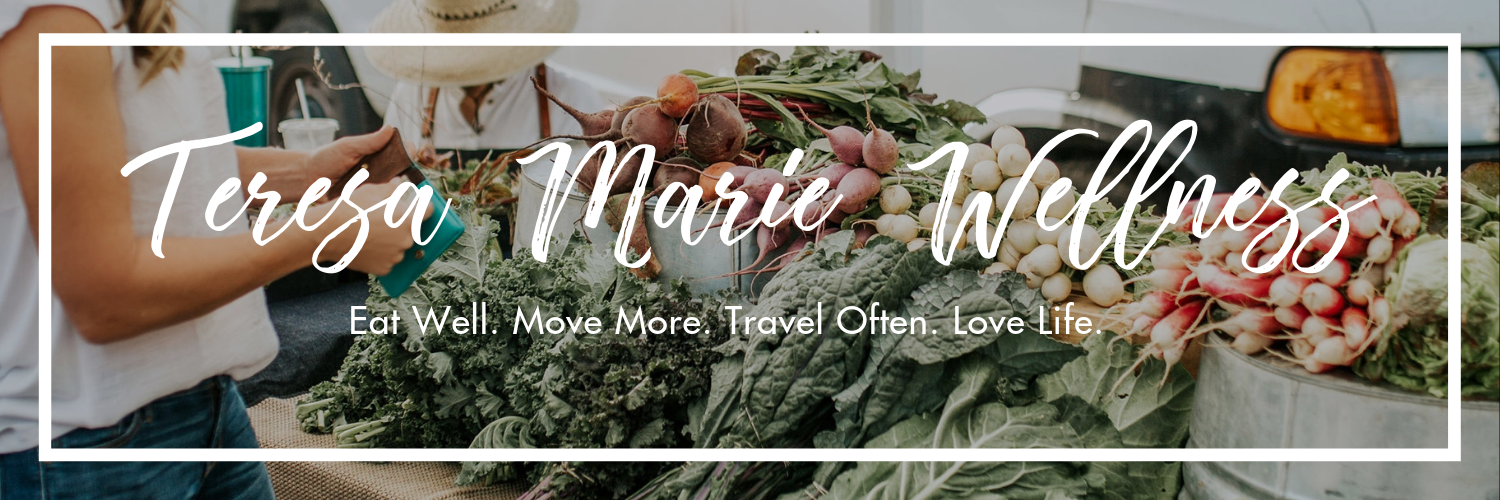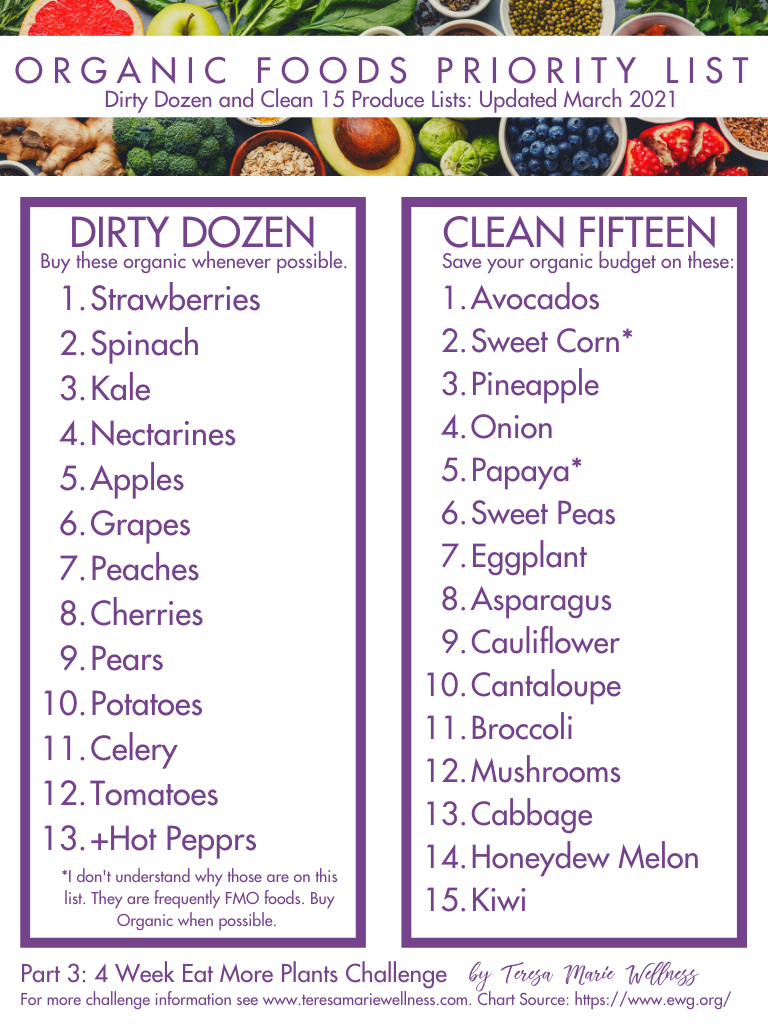Part 3: Is Organic Food Worth the Cost?

When you’re cruising the produce aisle, have you ever found yourself wondering … Is organic food worth the cost? As you unprocess your diet and eat more plants by adopting a Plant Forward Diet, the decision of whether or not to buy organic is definitely going to come up. Today I want to make sure you’re armed with the most recent data around organic foods and how to prioritize your budget.
In short, the answer is of course! Not always, and it depends — lol. This is why the answer is an entire topic in this challenge. Welcome to Part 3 of the 4-Week, Eat More Plants Challenge. As a reminder, here’s what you’re in for:
- Welcome: What is a Plant Forward Diet
- Setting up Your Plant Forward Pantry
- When Organic Food is Worth the Cost <== You are Here
- Calculate How Much Protein YOUR Body Needs
- The Best Sources of Traditional & Plant Based Proteins
- Preventing Food Waste with Proper Food Storage
- Which Plants Can Cause Bloating and Inflammation
- Cultivating Sustainable Healthy Habits
You’ve got your goals set and your pantry stocked. Now let’s talk about shopping for Plant Forward Perishables and where to spend your organic budget.
Is Organic Food is Worth the Cost?
The term organic has been floating around since the 1940’s and it can be a tricky and somewhat controversial topic. My goal is to help more people unprocess their diets and eat more plants. And that alone is a battle. Layering on the added cost of organic food (which in some cases can be as much as 400%!) can be a serious barrier. So, let’s get to it: is Organic Food Worth the Cost?
In some cases, yes. But if that’s not in your budget, please don’t let that stop you from eating fresh produce! In this post, I’ll show you how to get the most for your organic buck. How to protect your pocket book when you can and improve your health and the planet while you’re at it.
Organic Food Fun Fact: When a food is labeled “Organic” it means it is made with only 95% organic ingredients. For it to be 100% organic, the label would need to read “100% Organic.”
What does being organic even mean?
We know eating real food is good for us, but sometimes our real food was produced with some creatively engineered products which can have a negative impact on our health. More than 600 active chemicals are registered for agricultural use in America.
Many of them were approved by the EPA before extensive diet testing. Essentially, organic products are free from these toxic chemicals because the animals weren’t fed antibiotics or growth hormones and the fertilizers are free from synthetic ingredients.
Why should we choose to eat organic foods?
Quite a few reasons actually. Obviously, not eating chemicals is a good start. You know if a box is labeled “pesticide” you’re probably not going to plan on eating it. Why then, would we let it sneak in on the food we eat? Another good reason is that the nutritional quality of organic fruits and veggies can be higher because the soil is cared for in a sustainable manner. And with the better nutrition comes better flavor. Lastly, organic and ideally, locally grown products are also better for the environment. You can feel good about supporting a sustainable ecosystem, smaller farmers and if locally grown, your community as well.
Does everything you eat need to be organic?
Chemical free, more nutrition, better for my body and helps keep the planet healthy? All this considered, eating organic is a no brainer! Until you see how the costs stack up at the market. On average, organic products cost of 49% more than their conventional counterparts. Ouch.
So yes, you should buy organic, as much as your lifestyle and pocket book will allow. The efforts to grow organically are greater, and so are the costs. It’s also an extensive process for a farm to obtain and maintain USDA organic certification, driving the costs up further.
Don’t let the cost of organic produce combined with the fear of conventional produce stop you from eating more plants. The most important thing to know is that not all your organic bucks will have the same impact on your health.
Produce to prioritize when shopping organic:
Organic Priority: The Dirty Dozen
You may have heard of the dirty dozen*? These foods have soft skin so chemicals can easily sneak in there. These are also foods that we often consume with the skin on, meaning potentially more toxic absorption.
So whenever possible, these guys should be purchased organic: apples, strawberries, grapes, celery, peaches, spinach, bell peppers, nectarines, cucumbers, cherry tomatoes, snap peas, potatoes, bell peppers, kale and collard greens.
Save Your Organic Dollars: The Clean 15
On the flip side, we have the clean fifteen*. They are kind of the exact opposite of the dirty dozen, with thicker skins that we don’t consume so it’s less likely to have excessive pesticide residue.
Think bananas, avocados, corn, pineapples, mangos, grapefruit, cantaloupe, papayas, kiwi, sweet peas, and onions. Also on this list, you’ll find asparagus, cabbage, eggplant, cauliflower and sweet potatoes.
Print Your When Organic Food is Worth the Cost Chart
If you’ve started a binder for all your Eat More Plants Challenge, this is a great resource to add to it. Just keep in mind, they dirty dozen and clean 15 lists are updated regularly, so you’ll want to be sure you check again in 2022 if they’ve updated the lists. Consumer Reports also does some interesting investigating beyond D12 and C15 and have made similar recommendations here.
It is ok to buy conventional produce
The Dirty Dozen and Clean 15 lists help you prioritize your organic budget. But if you don’t have an organic budget, that’s ok too. Eating convention produce is always better than eating no produce. Just be sure to wash your produce before you eat it.
Cold water washing along can remove 75-80% of pesticide residues. A good veggie brush is a smart investment. Then you can kick it up a notch and wash them with a 2% salt water solution that that will remove almost all of the contact pesticide residues that remain on produce. I’m not a huge fan of spending more on vegetable washes when water, scrubbing and simple salt water are so effective.
Also be sure to eat a lot to make up for any nutrition that may have been lost due to conventional growing methods. I also love this Pesticide Residue Calculator. It shows you the total number of servings of convention produce you can safely consume before experiencing any effects of pesticide residue. You might be relieved to know that a woman can safely eat 453 cups of strawberries in one day.
Packaged foods to prioritize when shopping organic:
There is a lot of weight and confusion behind the term organic, and marketers know that. When you’re walking down the center aisles of the grocery store, try to stick to these guidelines:
Avoid GMO ingredients:
Items like corn, wheat, soy, sugar, canola oil and HFCS (high fructose corn syrup) are all highly likely to contain GMOs. In case you’re wondering, GMO = genetically modified organisms. Now you know its bad right? To be an expert there, you’re going to need to do a little detective work and investigate nutrition labels if your buying things like breakfast cereals, veggie burgers, salad dressing, cookies, and popcorn. The organic label on these of foods is a good thing.
Avoid pesticide residue:
Foods like apple sauce, baby food, ketchup and tomato sauce can have residual pesticides so organic here is also a good idea. And keep an eye on your bread choices because it can have left over insecticide as well.
Only buy healthy animals:
When you’re following a Plant Forward diet, you’re eating less animal products, making it easier to stretch your budget. Here quality over quantity will serve you and your body very well. Buy hormone free milk, grass fed beef, pastured chicken, and wild caught fish over farm raised. In theory, these animals should have been cared for in a more humane manner and the quality and flavor will be greater just as it is with organic produce.
In Summary & Next Steps
So, after all that, is organic food worth the cost? Of course it is! It tastes better, is better for you and the planet. So yes, buy as much organic produce as possible. Ideally from your local farmer’s market. But my worst fear as a plant forward lifestyle advocate is that the fear of conventional produce, combined with higher prices of organic produce, could prevent someone from eating more plants.
Don’t let the term be so paralyzing or the cost is so prohibitive that you opt for an “organic” potato chip or cracker over a conventional fresh salad. Keep an eye on the dirty dozen and clean 15 list to maximize you budget. Just remember to wash your produce well and eat plenty of it.
I hope this information will be helpful as you adopt the Plant Forward style of shopping and cooking.
- Print your Organic Food Priority List. If you are signed up for the 4 week challenge, add it to your small binder or folder with your other challenge printable action sheets.
- Take a look at your shopping lists and budget. Identify when it’s worth it for you.
- Get a good veggie brush to wash both or your organic and convention produce well.
- Download my Introduction to Plant Forward Eating Recipe guide if you want more inspiration!
Up next in the 4-Week Eat More Plants Challenge: How much protein does your body need? If you’re not signed up for the free challenge yet, you can do that right here!

There you have it! You’re well on your way to adopting a Plant Forward diet and feeling the amazing benefits!
*This post was originally published on Eat. Drink & be Skinny*
About The Author
Teresa Howes
I’m a board certified holistic nutritionist, certified personal trainer, plant forward & flexatarian lifestyle enthusiast and self proclaimed Veggie Ninja. I’m here to inspire and illustrate how delicious, simple and fun healthy living can be!
Related Posts
Gluten Free Acorn Squash Flatbread Recipe
I am so excited to share this unique Acorn Squash Flatbread recipe with you! As…
December 6, 2021Cancer Fighting Smoothie Recipe
I do think it’s aggressive to title this post: Cancer Fighting Smoothie Recipe…
July 25, 2021



